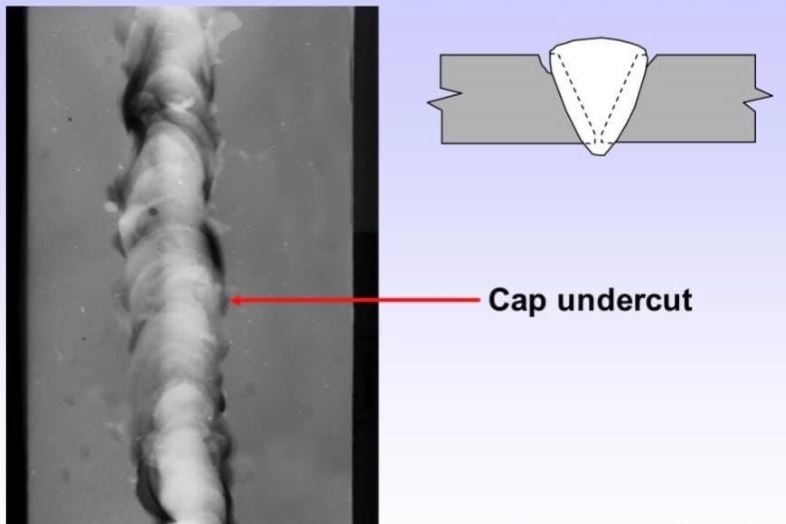Preventing Weld Undercut Demystified: Strategies for Success
Understanding the Art of Welding: Exactly How to Prevent Undercut Welding Issues for Flawless Fabrication Results
Effectiveness and accuracy are critical in the globe of welding, where even the least flaw can jeopardize the structural integrity of a made piece. One common difficulty that welders face is damaging, a defect that can compromise a weld joint and lead to costly rework. By comprehending the root causes of undercut welding and carrying out effective methods to avoid it, welders can elevate their craft to brand-new levels of quality (Preventing weld undercut). In the pursuit of flawless fabrication results, grasping the art of welding to stay clear of undercut concerns is not simply a skill however a necessity for those pursuing perfection in their work.
Recognizing Undercut Welding

To protect against undercut welding, welders should ensure correct welding specifications, such as readjusting the current, voltage, traveling rate, and preserving the right electrode angle. By understanding the causes of undercut welding and carrying out preventive measures, welders can achieve premium, structurally audio welds.
Sources Of Undercut in Welding
Understanding the elements that contribute to undercut in welding is crucial for welders to generate top notch, structurally sound welds. Poor welding incorrect or current welding speed can also add to undercut. Comprehending these reasons and carrying out appropriate welding methods can assist protect against damaging problems, making certain solid and long lasting welds.
Techniques to Avoid Undercutting

To alleviate the threat of undercutting in welding, welders can utilize strategic welding techniques intended at boosting the quality and honesty of the weld joints. Additionally, utilizing the correct welding technique for the specific joint arrangement, such as weave or stringer grains, can add to minimizing undercutting.
Additionally, correct joint preparation, including making certain clean base products cost-free of pollutants and utilizing the appropriate welding consumables, is vital in preventing undercut defects. Using back-step welding methods and regulating the weld bead profile can additionally help distribute warmth equally and decrease the danger of undercut. Regular evaluation of the weld joint during and after welding, in addition to carrying out quality control steps, can assist in attending to and identifying damaging find problems promptly. By applying these methods carefully, welders can achieve remarkable construction results with marginal undercut problems.
Importance of Proper Welding Parameters
Selecting and keeping suitable welding specifications is necessary for achieving effective welds with minimal issues. Welding specifications refer to variables such as voltage, present, take a trip rate, electrode angle, and securing gas flow price that directly influence the welding procedure. These specifications have to be very carefully adjusted based on the sort of material being welded, its density, and the welding strategy utilized.
Proper welding criteria guarantee the correct amount of warm is related to melt the base steels and filler product uniformly. If the criteria are set expensive, it can cause too much warm input, creating distortion, burn-through, or spatter. On the other hand, if the criteria are as well reduced, insufficient fusion, absence of penetration, or damaging may occur.
Quality Control in Welding Procedures

Final Thought
To conclude, mastering the art of welding requires a detailed understanding of undercut welding, its reasons, and methods to stop it. By ensuring correct welding criteria and carrying out quality assurance methods, perfect manufacture outcomes can be achieved. It is important for welders to consistently strive for excellence my link in their welding operations to avoid undercut issues and generate high-quality welds.
Undercut welding, a typical issue in welding processes, happens when the weld metal doesn't properly fill up the groove and leaves a groove or depression along the welded joint.To prevent undercut welding, welders should ensure correct welding specifications, such as changing from this source the current, voltage, traveling speed, and keeping the correct electrode angle. Inadequate welding existing or wrong welding rate can likewise add to damage.To minimize the danger of undercutting in welding, welders can employ strategic welding techniques aimed at boosting the top quality and stability of the weld joints.In conclusion, grasping the art of welding calls for an extensive understanding of undercut welding, its reasons, and methods to stop it.